How To Change Permalinks Settings In WordPress

The Ultimate Guide to Changing Permalinks Settings in WordPress for Beginners
Are you new to WordPress and wondering how to change your website’s permalinks settings? Look no further! In this comprehensive guide, we will walk you through the process of changing your permalinks settings, including understanding permalinks, changing your permalink structure, and managing your permalinks for long-term success.
Introduction
Permalinks are the permanent URLs that point to your website’s individual pages, blog posts, categories, and archives. They are what people use to link to your content, and they’re essential for SEO. Having a good permalink structure is important for both search engines and visitors to easily understand what your website is all about. Let’s dive into the details of permalinks and why they’re important.
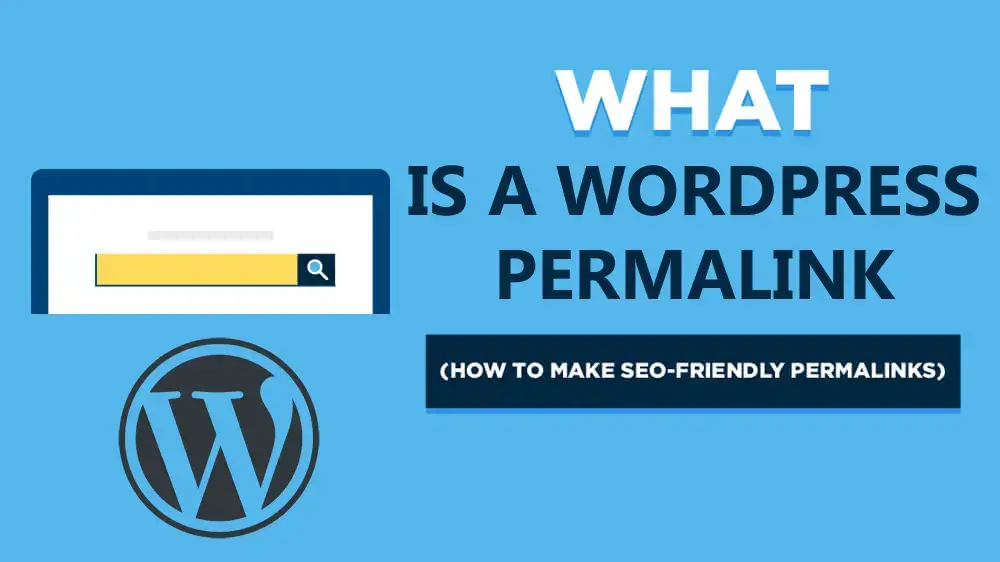
Section 1: Understanding Permalinks
Permalinks are the permanent URLs that point to your website’s individual pages, blog posts, categories, and archives. They are what people use to link to your content, and they’re essential for SEO. Having a good permalink structure is important for both search engines and visitors to easily understand what your website is all about.
What is a Permalink Structure in WordPress?
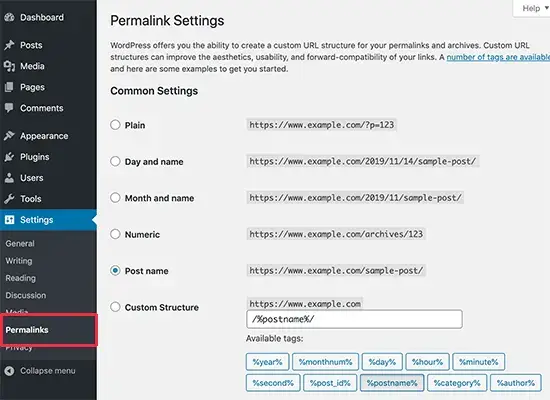
Permalink structure in WordPress is the way that your URLs are created. There are several permalink structures available in WordPress, and you can choose the one that suits your website best. The default WordPress permalink structure looks something like this: https://www.yourdomain.com/?p=123. However, this is not an SEO-friendly structure as it does not give any indication of what the content is about.
The Benefits of Having a Good Permalink Structure
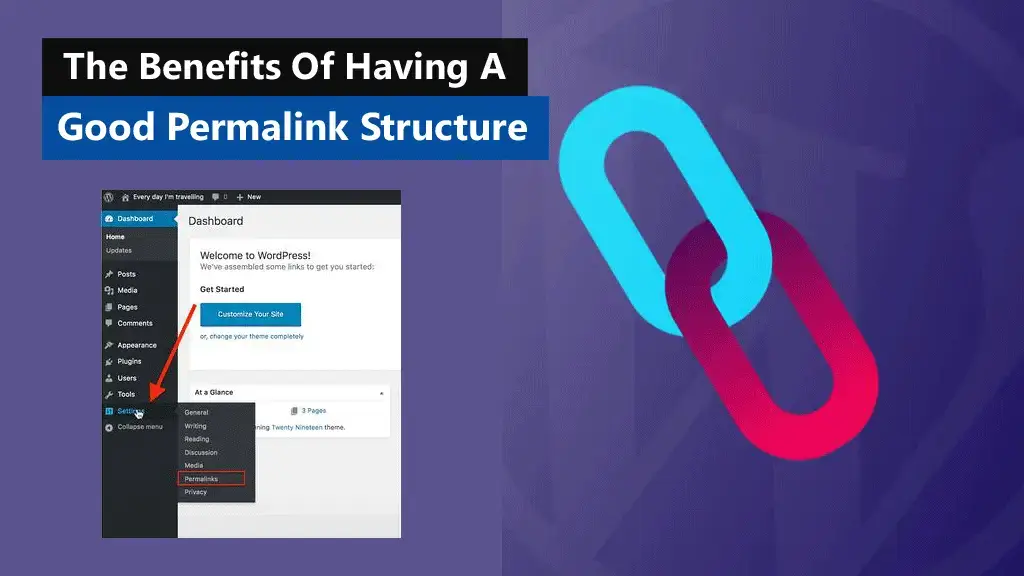
Having a good permalink structure is important for your website’s SEO. A well-structured URL provides context and helps search engines understand what your content is about. This, in turn, helps improve your search engine rankings and makes it easier for users to find your content. A good permalink structure is also easier for users to remember and share with others.
The Different Types of Permalink Structures in WordPress
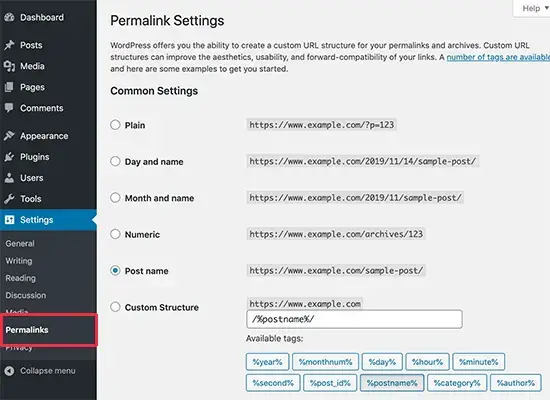
WordPress offers several permalink structures, including the following:
- Plain:
https://www.yourdomain.com/?p=123
- Day and Name:
https://www.yourdomain.com/2023/02/26/sample-post/
- Month and Name:
https://www.yourdomain.com/2023/02/sample-post/
- Numeric:
https://www.yourdomain.com/archives/123
- Post Name:
https://www.yourdomain.com/sample-post/
- Custom Structure: allows you to create a custom permalink structure
How to Choose the Best Permalink Structure for Your Website
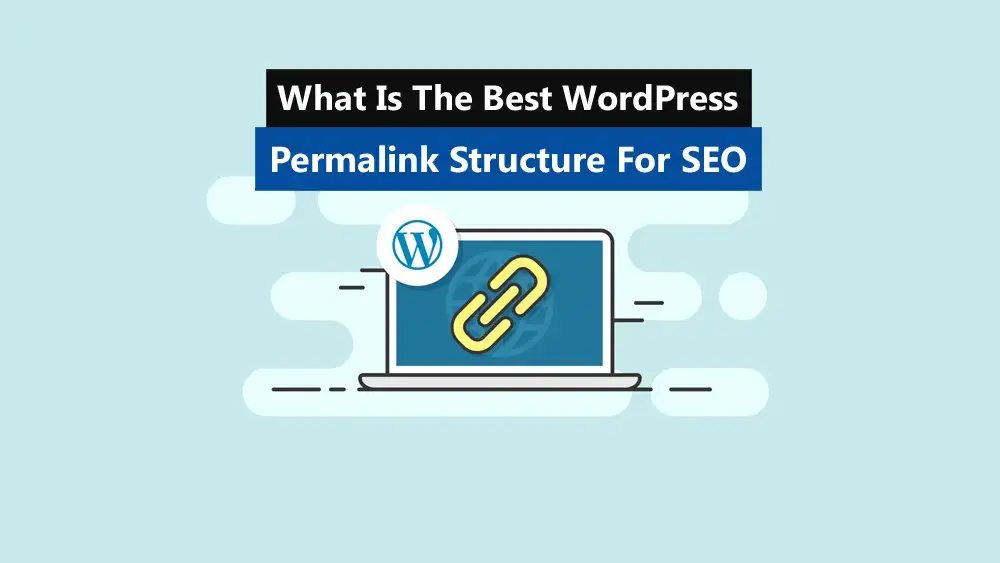
When choosing a permalink structure, it’s important to consider what’s best for your website and its content. If you’re creating a blog, a “Post Name” structure may be the most appropriate. On the other hand, if you have a news website, a “Day and Name” structure may be more appropriate. To choose the best permalink structure for your website, consider your website’s purpose, your content, and your target audience.
Section 2: Changing Permalink Settings in WordPress
Now that you understand what permalinks are and their importance, let’s talk about how to change your permalink settings in WordPress.

Step-by-Step Guide on How to Change Permalink Settings in WordPress
To change your permalink settings in WordPress, follow these simple steps:
1. Log in to your WordPress dashboard.
2. Navigate to Settings > Permalinks.
3. Choose the permalink structure that you want to use.
4. Save your changes.
How to Access the Permalink Settings Page in WordPress
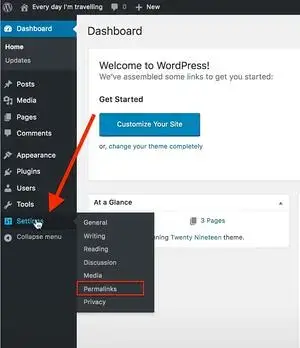
To access the permalink settings page in WordPress, you can either navigate to it through the WordPress dashboard or click on the “Settings” link in the main menu and select “Permalinks.”
How to Choose a New Permalink Structure and Save Your Changes

After you access the permalink settings page, you can choose the permalink structure that best suits your website. WordPress offers several built-in options, including “Plain,” “Day and Name,” “Month and Name,” “Numeric,” and “Post Name.” If none of these options work for you, you can choose the “Custom Structure” option and create your own permalink structure.
Once you’ve selected your new permalink structure, be sure to click the “Save Changes” button to save your new settings.
Common Issues that May Arise When Changing Permalink Structures and How to Fix Them
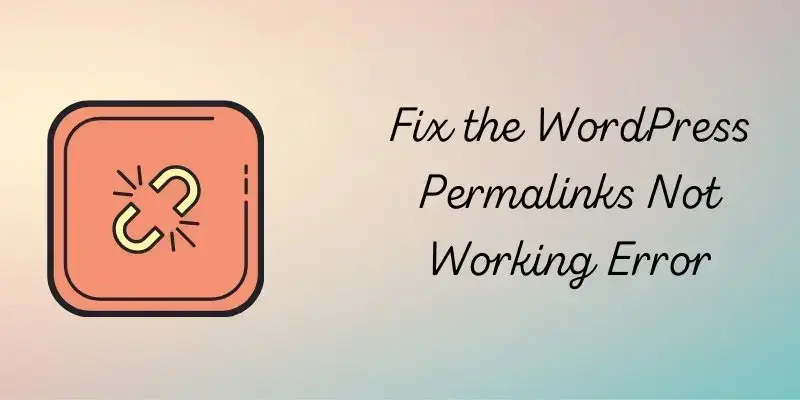
Changing your permalink structure can have some unintended consequences, including broken links, 404 errors, and loss of traffic. To avoid these issues, it’s important to redirect your old permalinks to your new ones using 301 redirects. You can also use a plugin like “Redirection” to make this process easier.
Section 3: Best Practices for Permalink Management
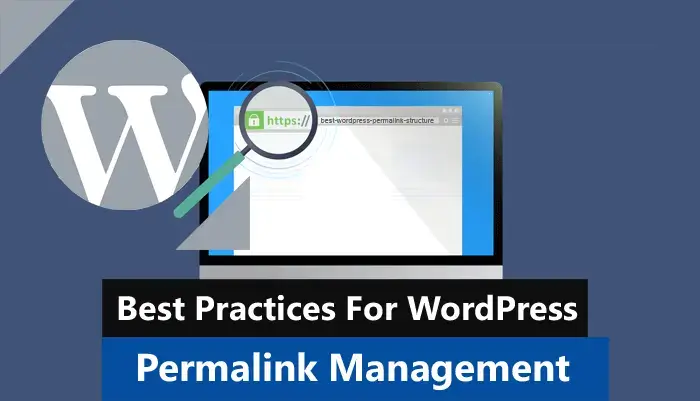
Once you’ve changed your permalink structure, it’s important to manage your permalinks over time to ensure they remain optimized for search engines and users. Here are some best practices for permalink management:
Tips for Maintaining a Good Permalink Structure Over Time
- Regularly monitor your website’s traffic and search engine rankings to ensure your new permalink structure is working as intended.
- Avoid changing your permalink structure frequently, as this can cause confusion for search engines and visitors.
- Use descriptive and meaningful words in your URLs to help both search engines and users understand what your content is about.
How to Avoid Common Permalink-Related Issues
- Make sure to redirect your old permalinks to your new ones using 301 redirects.
- Use canonical tags to prevent duplicate content issues that can arise when multiple URLs point to the same content.
- Avoid using stop words in your URLs, as these can make your permalinks longer and less descriptive.
The Importance of Monitoring and Updating Permalinks as Needed
As your website grows and changes, it’s important to monitor and update your permalinks as needed. This may include updating your permalink structure, redirecting old permalinks, and removing old content that is no longer relevant. By keeping your permalinks up to date, you can ensure that your website remains optimized for search engines and users alike.
Changing your permalink structure in WordPress is an important step in optimizing your website for search engines and users. By following the steps outlined in this guide, you can choose the best permalink structure for your website, change your permalink settings in WordPress, and manage your permalinks for long-term success.
Remember to keep an eye on your website’s traffic and search engine rankings, and update your permalinks as needed to ensure your website remains optimized over time.
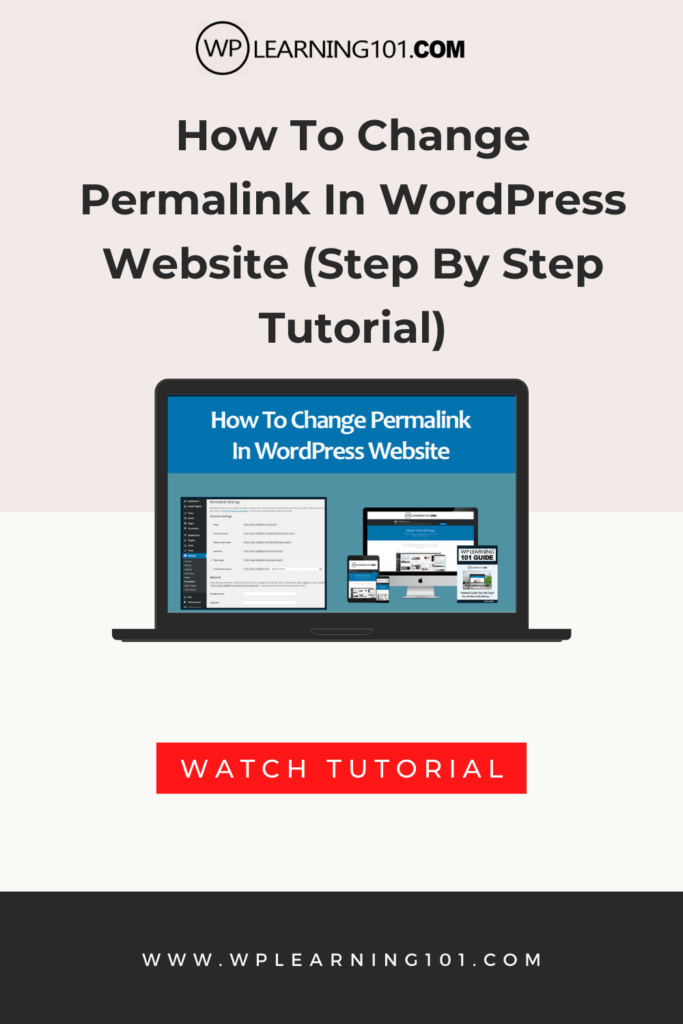
Here are the main points with descriptions for “The Ultimate Guide to Changing Permalinks Settings in WordPress for Beginners” article:
- Introduction: The article starts with an introduction about permalinks, why they’re important, and what the article will cover.
- Understanding Permalinks: This section explains what permalinks are and how they work. It also discusses the benefits of having a good permalink structure and the different types of permalink structures available in WordPress.
- What is a Permalink Structure in WordPress?: The article explains what a permalink structure is in WordPress, including a few examples of default permalink structures.
- The Benefits of Having a Good Permalink Structure: This section explains why having a good permalink structure is important for your website’s SEO and user experience.
- The Different Types of Permalink Structures in WordPress: The article discusses the various permalink structures available in WordPress and offers tips on how to choose the best one for your website.
- How to Choose the Best Permalink Structure for Your Website: This section provides advice on how to choose the best permalink structure for your website, considering the website’s purpose, content, and target audience.
- Changing Permalink Settings in WordPress: The article offers a step-by-step guide on how to change the permalink settings in WordPress. It also explains how to access the permalink settings page in WordPress, choose a new permalink structure, and save your changes.
- Common Issues that May Arise When Changing Permalink Structures and How to Fix Them: The article discusses some common issues that can arise when changing permalink structures and provides tips on how to fix them.
- Best Practices for Permalink Management: This section provides tips on how to maintain a good permalink structure over time, avoid common permalink-related issues, and the importance of monitoring and updating permalinks as needed.
- Conclusion: The article ends with a recap of the importance of having a good permalink structure, a summary of the key takeaways from the article, and a call to action for readers to take action and optimize their permalinks.
Overall, the article provides a comprehensive guide for beginners on how to change permalink settings in WordPress. It covers everything from understanding permalinks and choosing the best permalink structure to managing permalinks for long-term success. The step-by-step guide makes it easy to follow and implement the changes, and the real-life examples provide readers with a clear understanding of the concepts discussed.
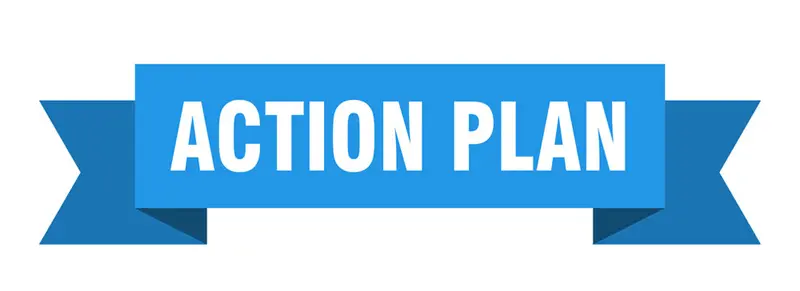
Here’s an action plan based on “The Ultimate Guide to Changing Permalinks Settings in WordPress for Beginners” article:
1. Understand what permalinks are and why they’re important for your website’s SEO and user experience.
2. Learn about the different types of permalink structures available in WordPress and choose the one that best suits your website.
3. Follow the step-by-step guide on how to change your permalink settings in WordPress, including accessing the permalink settings page, choosing a new permalink structure, and saving your changes.
4. To avoid common permalink-related issues, be sure to redirect your old permalinks to your new ones using 301 redirects and use canonical tags to prevent duplicate content issues.
5. Monitor your website’s traffic and search engine rankings to ensure your new permalink structure is working as intended. Regularly update your permalinks as needed to ensure your website remains optimized over time.
By following this action plan, you can ensure that your website’s permalinks are optimized for search engines and users, which can help improve your website’s search engine rankings and user engagement.
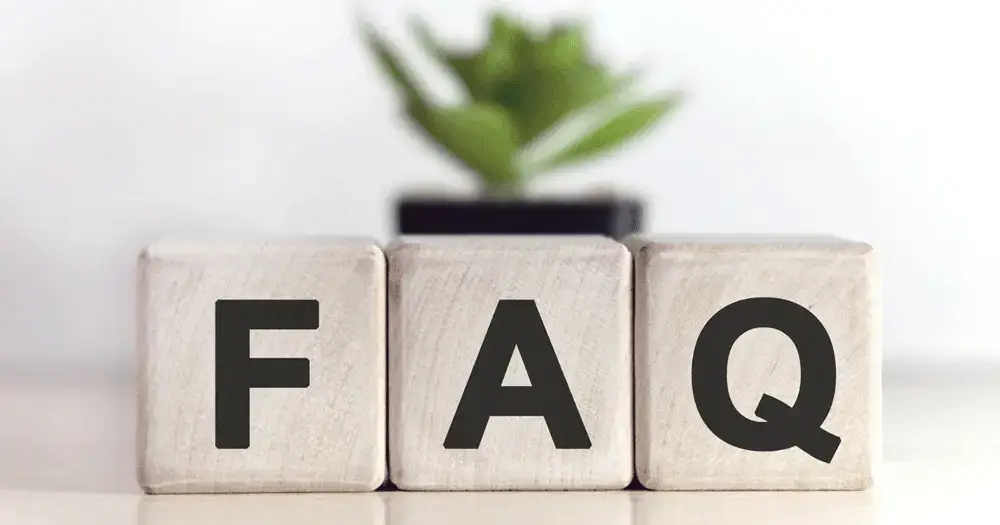
Here are 10 frequently asked questions with answers related to changing permalinks settings in WordPress:
1. What is a permalink structure in WordPress?
Answer: A permalink structure in WordPress is the way that your URLs are created. It is the permanent link to a specific page, post, or category on your website.
2. How do I choose the best permalink structure for my website?
Answer: When choosing a permalink structure, consider your website’s purpose, your content, and your target audience. For example, if you’re creating a blog, a “Post Name” structure may be the most appropriate.
3. How do I change my permalink structure in WordPress?
Answer: You can change your permalink structure in WordPress by accessing the permalink settings page and choosing a new permalink structure. Remember to save your changes.
4. How do I change my WordPress permalinks without losing traffic?
Answer: To change your WordPress permalinks without losing traffic, be sure to redirect your old permalinks to your new ones using 301 redirects.
5. Will changing my permalink structure affect my SEO?
Answer: Yes, changing your permalink structure can affect your website’s SEO. It’s important to choose a permalink structure that is both SEO-friendly and user-friendly.
6. How can I redirect old permalinks to new ones in WordPress?
Answer: You can redirect old permalinks to new ones in WordPress using 301 redirects. You can also use a plugin like “Redirection” to make this process easier.
7. How often should I update my permalink structure in WordPress?
Answer: It’s best to avoid changing your permalink structure frequently. However, if you need to update your permalink structure, be sure to redirect your old permalinks to your new ones using 301 redirects.
8. Can I use a custom permalink structure in WordPress?
Answer: Yes, you can use a custom permalink structure in WordPress. This allows you to create a unique permalink structure that best suits your website and its content.
9. Are there any WordPress plugins to help with permalink management?
Answer: Yes, there are several WordPress plugins that can help with permalink management, including “Redirection,” “Simple 301 Redirects,” and “Yoast SEO.”
10. What is the best permalink structure for SEO?
Answer: The best permalink structure for SEO is one that is both SEO-friendly and user-friendly. A “Post Name” structure is often recommended as it is descriptive and easy to remember.
Summary:
Permalinks are an essential component of any website, as they provide users with a permanent link to individual pages, blog posts, categories, and archives. In WordPress, there are several permalink structures available, including the default structure and custom structures. A good permalink structure is important for SEO, and it is important to choose a structure that best suits your website’s purpose, content, and target audience. Changing your permalink structure can have unintended consequences, but you can avoid these issues by redirecting old permalinks to new ones using 301 redirects. Managing your permalinks over time is also important to ensure your website remains optimized for search engines and users.
Conclusion:
In conclusion, changing your permalink structure in WordPress is a crucial step in optimizing your website for search engines and users. By following the steps outlined in this article, including understanding permalinks, choosing the best permalink structure, and managing your permalinks over time, you can ensure that your website remains optimized for SEO and user experience. Remember to monitor your website’s traffic and search engine rankings, update your permalinks as needed, and avoid changing your permalink structure frequently. By doing so, you can help your website rank higher in search engine results and improve user engagement.

